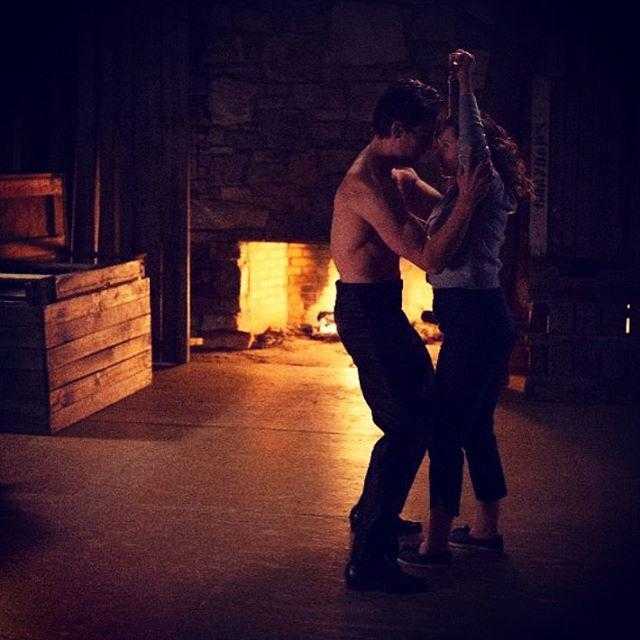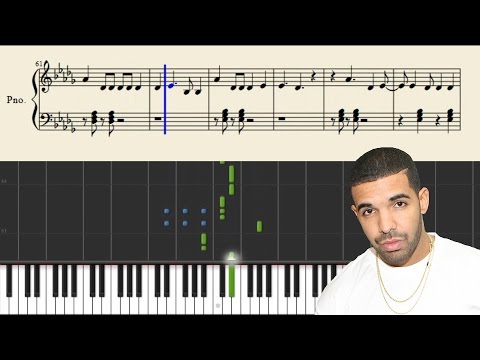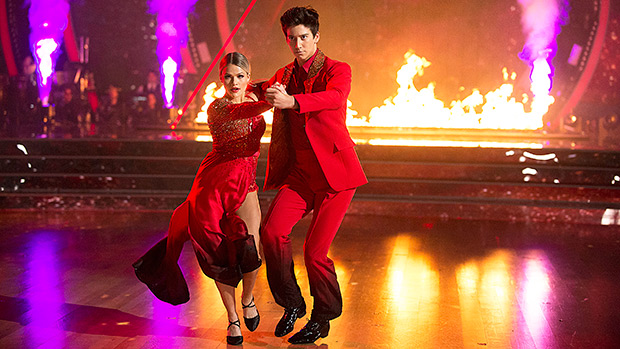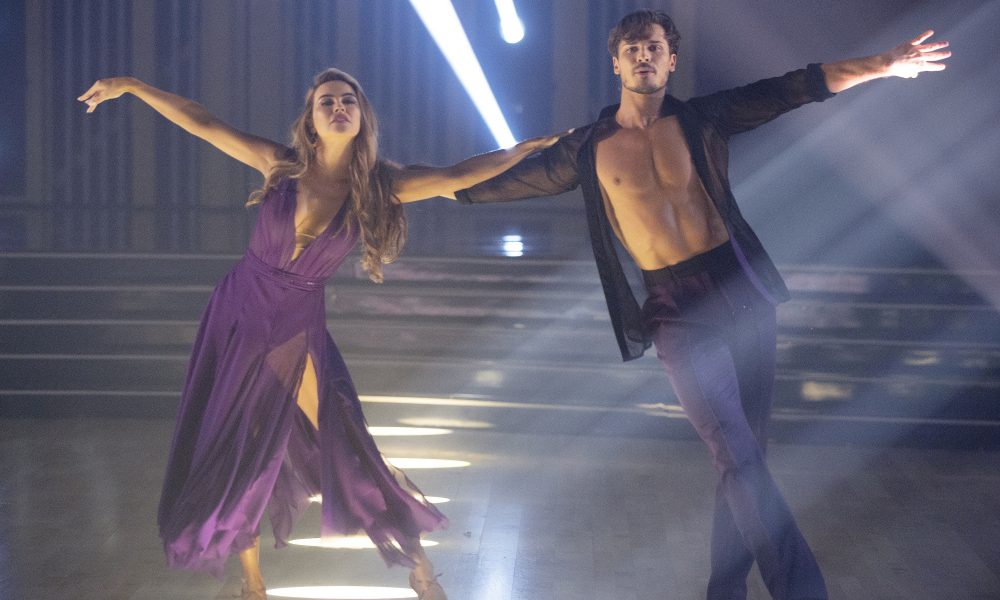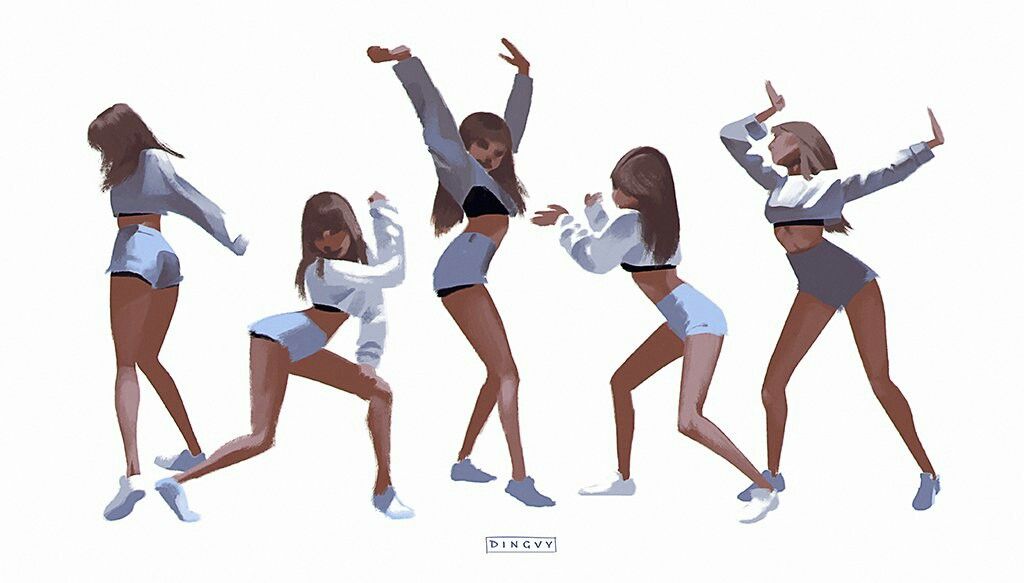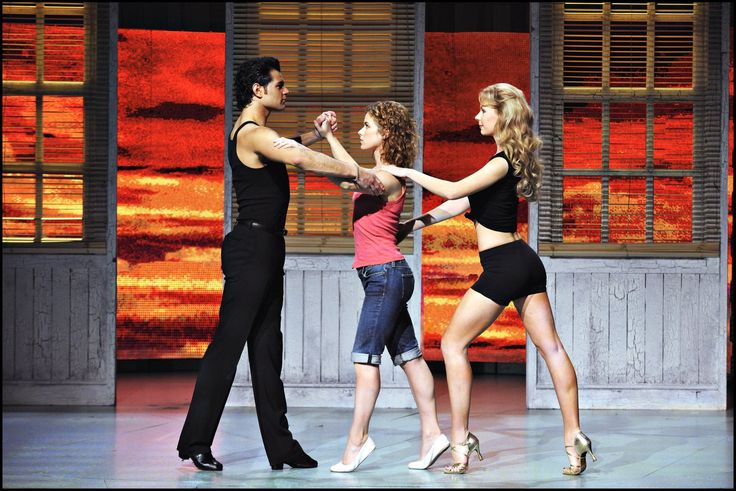How to do the dirty dancing lift
Follow our step-by-step guide to recreate the classic Dirty Dancing scene without ending up in hospital
RECREATING the iconic Dirty Dancing lift would be the time of their lives on their wedding day . . . they hoped.
But bride-and-groom-to-be Sharon Price and Andy Price ended up in casualty after their disastrous rehearsal of Patrick Swayze and Jennifer Grey’s famed scene from the 1987 film.
8
This is the moment bride and groom to be try to recreate the iconic Dirty Dancing lift but both ending up in A&E insteadCredit: SWNS:South West News Service8
The dancing couple - Sharon Price and groom-to-be Andy PriceCredit: SWNS:South West News ServiceImages of unconscious Andy, 51, and 52-year-old Sharon lying winded beside him, went viral this week and the couple are now rethinking their first dance.
The pair from Weston-super-Mare, Somerset, are not alone.
Groom Mike Snell, 36, needed a knee reconstruction after his wedding attempt in 2015.
He also missed his honeymoon to Jamaica and nearly died from blood poisoning after picking up an infection in hospital.
In the same year Scotsman Gary Mackay, 28, broke his leg in a bar when he and a woman tried the move.
MOST READ IN LIVING
SANTA BABYI’m a size 5XL and tried the Christmas wrapping trend - I felt so sexy
'NEVER GIVE UP'I had my babies 25 years apart, they even arrived on exactly the same day
INGRID SEWARDCards Against Humanity is sick, it shouldn't have been shown on Harry's show
TASTELESS'Sick' party game featuring offensive cards about Queen seen in Harry’s TV series
Actress Jennifer, who played Baby in the film, said in an interview: “I don’t know how all these people who re-enact it have the guts to throw themselves into the arms of anyone other than Patrick Swayze. It’s insane.”
So to help avoid any future injuries, we have enlisted the help of professional dancer and dance teacher Pip Amer, 24, from Chiswick, West London, to show us how it should be done .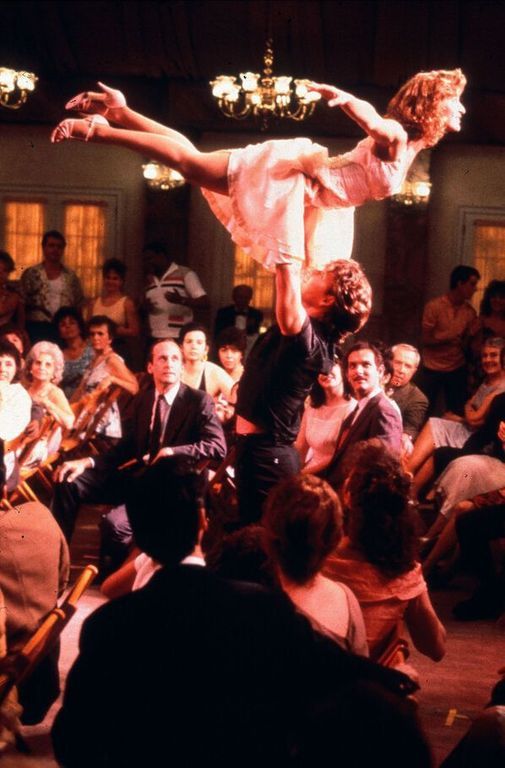 . .
. .
Step 1
8
Step 1 - The couple needs to be separated with enough distance in betweenCredit: Oliver DixonCOUPLE should be separated with enough distance between them for the female to run towards the male dancer.
It helps for the female to be elevated on a platform but it is not necessary.
Step 2
8
Step 2 - The female must run with speed and no hesitationCredit: Oliver DixonAS the female runs towards the male, she must go at speed. She who hesitates is lost.
Step 3
8
Step 3 - The woman must have a stiff posture and engaging her abdominal musclesCredit: Oliver DixonTHEN the male will squat and grab hold of the onrushing woman’s pelvis to ensure he holds her with stability.
The woman must be straight and have a stiff posture, engaging her abdominal muscles.
Step 4
8
Step 4 - The iconic life should be held for a few secondsCredit: Oliver DixonTO complete, the male will then return to standing position and the female will extend arms to side and cross legs for balance. The lift should be held for a few seconds.
The lift should be held for a few seconds.
Finally the male will lower into a squat position with the female lowering her legs to the floor.
He will then release her.
8
The male will then return to standing position and the female will extend arms to side and cross legs for balanceCredit: Oliver Dixon8
Finally the male will lower into a squat position with the female lowering her legs to the floorCredit: Oliver DixonThe verdict
BRAVE couple Joel Stribley and Samantha Fisher from Basingstoke, Hants, who have been together for 18 months, volunteered to follow Pip’s instructions under careful supervision.
Road worker and dancer Joel, 25, says: “It was challenging. I’m sure if we had a few drinks in a pub it could end badly as you really have to concentrate.”
Model and dancer Samantha, 25, says: “You really have to trust your partner.
“I was definitely nervous.”
What the expert says about that viral pics...
PRO dancer and dance teacher Pip Amer offers her take on the ill-fated rehearsal, saying:
Andy and Sharon in the pictures went wrong in a number of ways.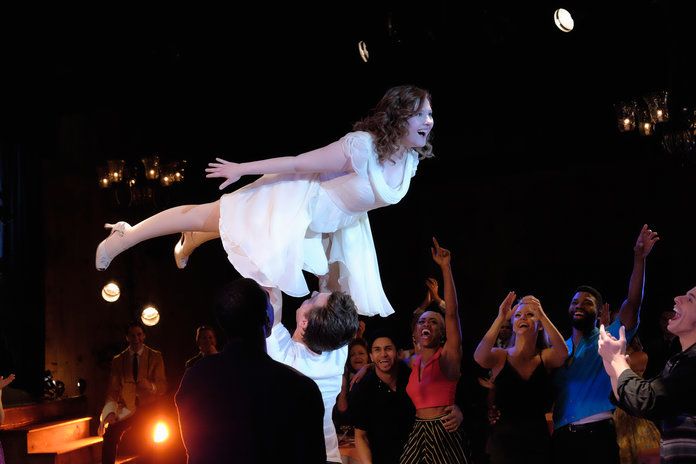 First of all, both their postures were hunched therefore providing no strength for lift or engaging their abs.
First of all, both their postures were hunched therefore providing no strength for lift or engaging their abs.
Andy grabs Sharon by her armpits so they are totally off balance.
When Andy executes the lift he must be braced. Holding his core together with a lunging stance will help to lift Sharon.
The couple must have complete trust in one another.
“The key to this lift is confidence. Dancers have amazing physiques and they are trained to engage their muscles at the right times in the right places.
"This lift normally lends itself to a man with a bigger-built upper body and a woman whose frame is small and muscular, as she will be easier to lift."
I've set the goal of doing the "Dirty Dancing Lift" with my girlfriend by my birthday. She is a ballet dancer, I am not. What should I know? : BALLET
Looks like you're using new Reddit on an old browser. The site may not work properly if you don't update your browser ! If you do not update your browser, we suggest you visit old reddit .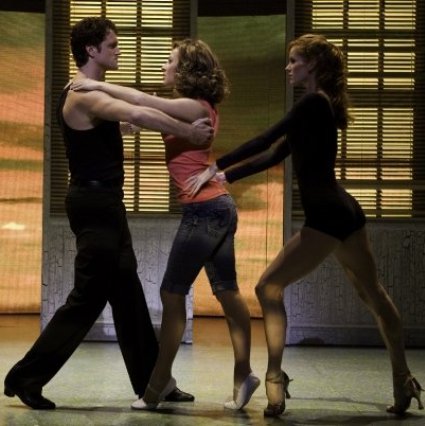
Press J to jump to the feed. Press question mark to learn the rest of the keyboard shortcuts
Search all of RedditFound the internet!
Feeds
Popular
Topics
ValheimGenshin ImpactMinecraftPokimaneHalo InfiniteCall of Duty: WarzonePath of ExileHollow Knight: SilksongEscape from TarkovWatch Dogs: Legion
NFLNBAMegan AndersonAtlanta HawksLos Angeles LakersBoston CelticsArsenal F.C.Philadelphia 76ersPremier LeagueUFC
GameStopModernaPfizerJohnson & JohnsonAstraZenecaWalgreensBest BuyNovavaxSpaceXTesla
CardanoDogecoinAlgorandBitcoinLitecoinBasic Attention TokenBitcoin Cash
The Real Housewives of AtlantaThe BachelorSister Wives90 Day FianceWife SwapThe Amazing Race AustraliaMarried at First SightThe Real Housewives of DallasMy 600-lb LifeLast Week Tonight with John Oliver
Kim KardashianDoja CatIggy AzaleaAnya Taylor-JoyJamie Lee CurtisNatalie PortmanHenry CavillMillie Bobby BrownTom HiddlestonKeanu Reeves
Animals and PetsAnimeArtCars and Motor VehiclesCrafts and DIYCulture, Race, and EthnicityEthics and PhilosophyFashionFood and DrinkHistoryHobbiesLawLearning and EducationMilitaryMoviesMusicPlacePodcasts and StreamersPoliticsProgrammingReading, Writing, and LiteratureReligion and SpiritualityScienceTabletop GamesTechnologyTravel
Create an account to follow your favorite communities and start taking part in conversations.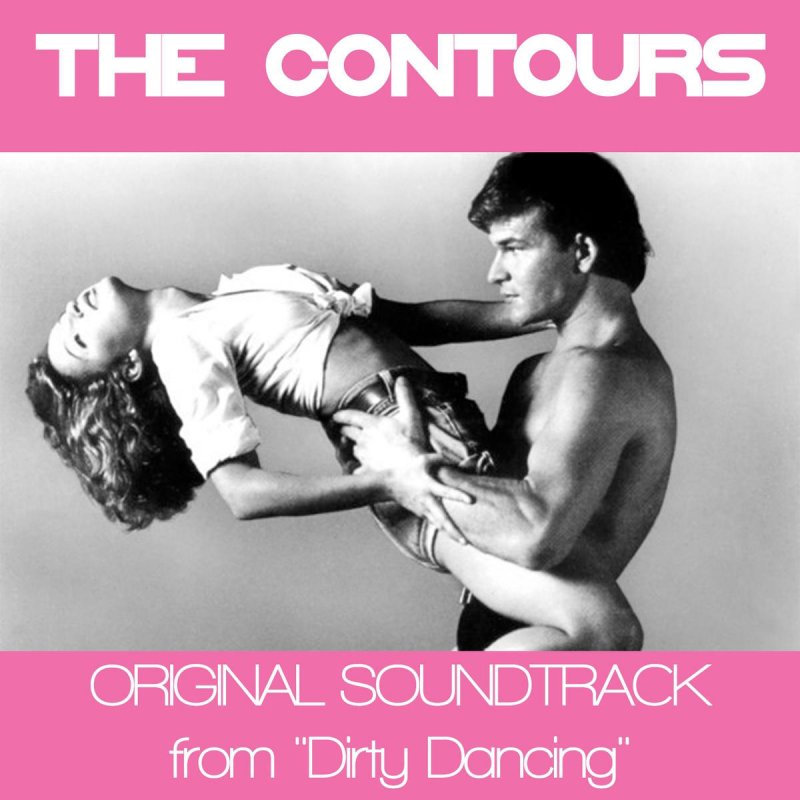
r/
BALLET
r/BALLET
About Community
r/BALLET
A community for ballet dancers and enthusiasts. On mobile check out the about section to access the Side 'Barre ' and learn more
Created Apr 25, 2010
32.0k
Dancers
123
At the barre
Similar to this post
r/BALLET
first class en pointe in a year 🤯🥳🩰
97%
25
3d
r/BALLET
me and my low extensions
96%
49
22h
r/BALLET
Turnout progress!
99%
9
2d
r/BALLET
Anna Sobeshchanskaya as Odette in Tchaikovsky's 'Swan...
99%
1
4d
r/BALLET
Some thoughts about criticizing professional ballet.
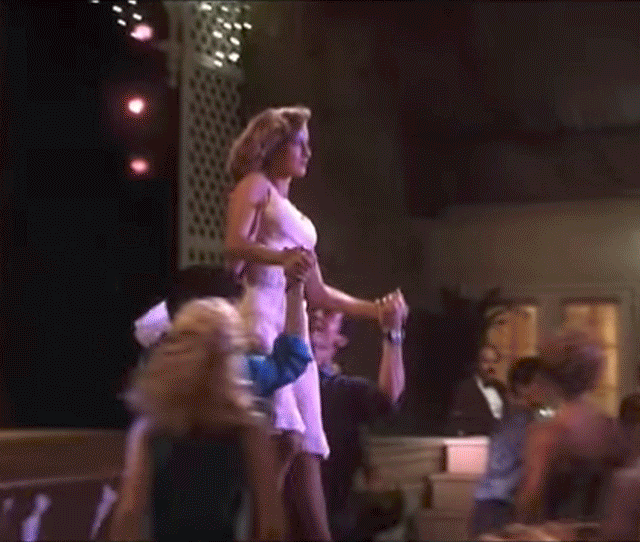 ..
..91%
25
5d
r/BALLET
Natalia Makarova, 1965
99%
0
9h
r/BALLET
Why are so many leotards backless?
98%
53
5d
r/BALLET
Adult beginner update:
99%
6
4d
r/BALLET
Finally landed a triple pirouette!
99%
6
3d
r/BALLET
Can someone help explain? These shoes! Argh! They're so...
99%
47
1d
r/BALLET
A leotard detective's warning about buying dancewear online
99%
6
5d
r/BALLET
Another small costuming win! (After digging out these...
97%
6
6d
r/BALLET
First time getting two turns in!!
93%
6
2d
r/BALLET
Dancer 24x36 acrylic on canvas.
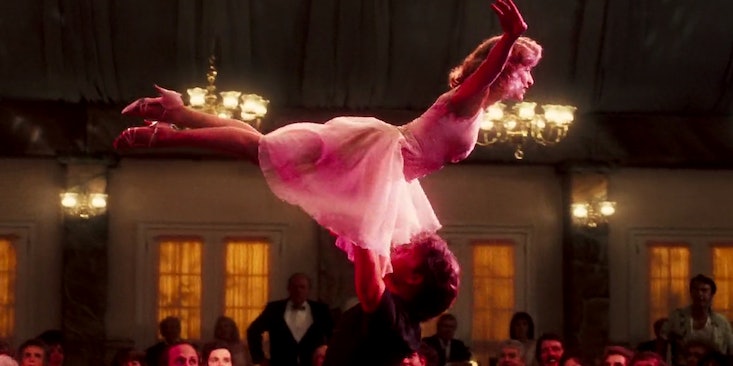 I don’t dance anymore but...
I don’t dance anymore but...95%
2
1d
r/BALLET
Our new folk-ballet “Parnavaziani”
98%
8
3d
Reddit and its partners use cookies and similar technologies to provide you with a better experience.By accepting all cookies, you agree to our use of cookies to deliver and maintain our services and site, improve the quality of Reddit, personalize Reddit content and advertising, and measure the effectiveness of advertising.By rejecting non-essential cookies, Reddit may still use certain cookies to ensure the proper functionality of our platform.For more information, please see our Cookie Notice and our Privacy Policy .
Advertisement
Dirty dance | 2008
Dirty Dance
Negligence in tango technique can manifest itself in two ways: permanent and temporary. Constant means that negligence is inherent in everything: how you move, how you lead and How do you express music? Temporary means that only at some point the correct technique is forgotten.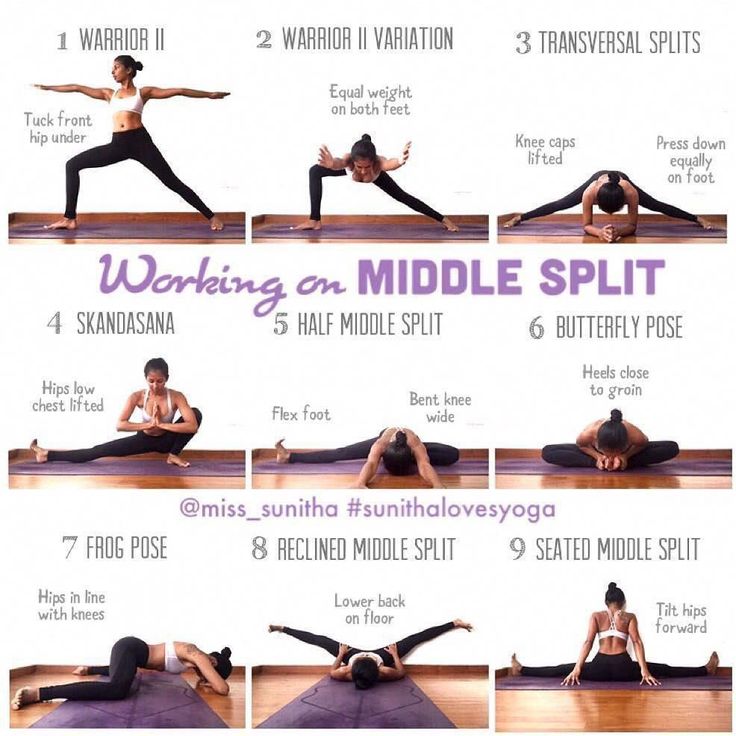 The reason for this may be an attempt to dance too fast, or to do some too unnatural movement, or the inability to move on a crowded dance floor. nine0005
The reason for this may be an attempt to dance too fast, or to do some too unnatural movement, or the inability to move on a crowded dance floor. nine0005
We have already discussed in this chapter problems related to the arms and upper body, so we confine ourselves here to problems arising below the waist. Here is a short list:
- Crouching step - walking on bent legs;
- Shuffling step - do not raise your legs and put your foot on the floor indistinctly;
- Duck step - do not bring the legs together; nine0009 Bouncing step - bend and unbend the leg at the wrong moment;
- Long stride - stride so that the weight of the body remains on the back leg;
- Asymmetric step - step differently with each foot.
It is very difficult to develop a correct and pure tango technique, and to give up bad habits is still more difficult. And I know this from my own experience, when at the beginning of classes I picked up such habits, memorizing sequence of steps in the lessons.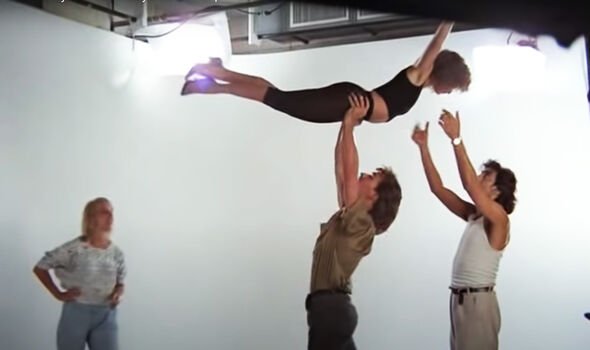 Although in the end I discarded everything superfluous and returned to that a way of learning that works for me. And the solution was coaching or hammering certain skills. nine0005
Although in the end I discarded everything superfluous and returned to that a way of learning that works for me. And the solution was coaching or hammering certain skills. nine0005
Mushtra
I know... drill doesn't sound very good. More like combat training. But if you serious about tango, a certain amount of drill will be very helpful. In addition, I have There is another opportunity to talk about sports. Here is another story about skiing:
There are mountains in the western United States where snow lies all year round, and skiers come there in the summer to work out. technique. There are many different training camps and many of them are like festivals. tango, which lure students to famous names and spectacular elements. So in these camps: announce some kind of seminar, invite eminent skiers and teach newfangled downhill trends. Kids love this as it provides a great chance to imitate their character and learn one from tricks seen at the World Cup.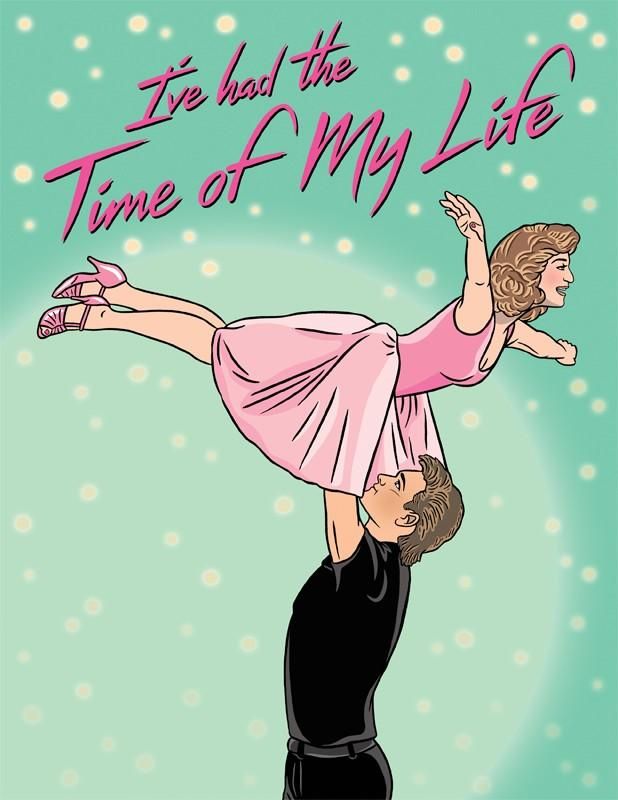 Many of them start to drive faster at the end of the course, but the problem is after all, in the fact that these courses do not pay attention to technical nuances and do not correct minor mistakes that limit the real growth of the skier's professionalism. And many bad habits go away even deeper, acquiring new ones. nine0005
Many of them start to drive faster at the end of the course, but the problem is after all, in the fact that these courses do not pay attention to technical nuances and do not correct minor mistakes that limit the real growth of the skier's professionalism. And many bad habits go away even deeper, acquiring new ones. nine0005
My friend Olle also organizes summer sports camps for skiers, but he has a completely different an approach. His students do not drive at speed. On the contrary, they are focused on honing certain exercise skills. They study videos of the world's fastest skiers, break down their technique into the smallest details, and then work out these nuances in various exercises. The idea is is to isolate one or a couple of basic elements, and then hone them to infinity. And when you have perfected them and feel confident, you can move on to the next elements. Gradually you learn how to combine different elements and get used to doing everything right. nine0005
nine0005
Some of the exercises may seem silly because they exaggerate about body position and movement. And people even laugh at them at first. But in time they realize the effectiveness of these exercises and get used to doing them regularly, and at any level of professionalism. Young athletes use these drills for training, and top World Cup skiers regularly return to them when they realize that errors in technique appear during the season. nine0005
Of course, skiing and tango are completely different things. And highly motivated semi-professionals athletes are different from social tango dancers. Therefore, I am not completely sure that working with exercise will be just as effective for social tango as it is for skiing. But, in any case, let's try.
There are several main points when working on exercises. First of all, you must discover problem areas in the biomechanics of movement (for example, as in paragraph 6 above). Then you need to select one or two elements to work out this problem and perform them in an exaggerated form to get rid of original problem. Practicing exercises should be so powerful and stubborn that in In the stressful conditions of the milonga, this seemed like an elementary thing. Here is an example for working out a step to the side. nine0005
Practicing exercises should be so powerful and stubborn that in In the stressful conditions of the milonga, this seemed like an elementary thing. Here is an example for working out a step to the side. nine0005
First, we identify problem areas. Here are a couple from the previous pages:
The bouncing and protracted step are errors from points 4 and 5 of our list.
The video demonstrates two problems: 1) incorrect flexion and extension of the leg (point 4) and 2) long step with incorrect weight transfer (point 5).
Here are some more examples:
Classic dirty technique.
You may have to watch the video a few times to see the problems. I'm not strong I stick them out.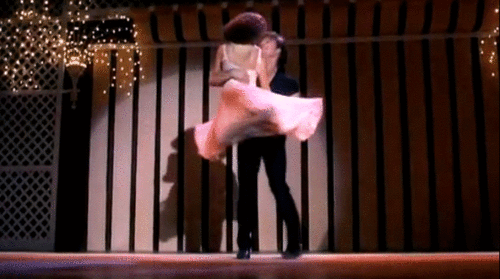 First, as I step forward, I bend my knees slightly (point 1). In addition, if you turn attention to the free leg, you will notice that I do not lift it, but continue to drag it along the floor (point 2). And, finally, notice that I drag only my free leg, and I lift the supporting leg off the floor correctly, in other words, my stride is not symmetrical (point 6). nine0005
First, as I step forward, I bend my knees slightly (point 1). In addition, if you turn attention to the free leg, you will notice that I do not lift it, but continue to drag it along the floor (point 2). And, finally, notice that I drag only my free leg, and I lift the supporting leg off the floor correctly, in other words, my stride is not symmetrical (point 6). nine0005
This is a classic example of dirty technology. It seems that there are no blunders, but as a result it turns out a dance with fuzzy technique and some kind of non-Tang movement (it could be even worse if add an error from point 3 when the legs do not gather at the end of the step). These errors may occur in principle, if you are casually dancing in general, but maybe because of the desire to insert some a complex connection, or because of inept attempts to speed up. And in such cases, there is no longer any correct technique is out of the question: instead of carefully collecting the legs after each step and clearly to come on a straight leg, it turns out a dragging step on bent knees. nine0005
nine0005
Now let's work on straightening the knees, bringing the body to initialize the step impulse, collection of legs and the correct transfer of weight to a straight leg:
This is just an exercise.
Concentrate and try to repeat carefully. Straighten up and catch your balance, and only then start tilting your body slightly. Do nothing, freeze, and then quickly straighten free leg. If you remember these feelings, then you can always understand when you are doing something. wrong. And as soon as you start bouncing, not properly carrying weight, dragging your leg and come on a bent knee, then your muscle memory, trained on this exercise, will give a signal, that something went wrong. nine0005
Among other things, this exercise is useful for training balance and synchronization in time. You must accurately time so that the foot touches floor at the exact moment when the leg is straight with a snapped knee, and through the lobes seconds you grow up and come to a new axis. Then freeze for a second and repeat the same on the other side. It is difficult and requires skill and the correct stride length enough to lift the leg and come into balance, and then the same must be done in the other direction (you can gradually complicate the task for yourself, trying to get into the rhythm and step on the strong beat compás . I've tried record an example with music, but I couldn't do it with music.)
Then freeze for a second and repeat the same on the other side. It is difficult and requires skill and the correct stride length enough to lift the leg and come into balance, and then the same must be done in the other direction (you can gradually complicate the task for yourself, trying to get into the rhythm and step on the strong beat compás . I've tried record an example with music, but I couldn't do it with music.)
You can skip this exercise if you don't like it at all. The goal is to identify and diligently memorize certain points of technique by repeating a certain exercise. After repeated repetition of the exercise - forget about it, and return to it after a while.
Quick and messy
Technique problems usually arise on a side step in some complex figure, although it is more likely in total - when accelerating. In tango, if you step on the weak beat, then this means that you take a step more often than 2 times per second, and in a waltz even more - more than 3 times per second. give me a sec. Here is an example: nine0005
give me a sec. Here is an example: nine0005
First, when I take steps from right to left, I accelerate and step on bent knee. Then, on my way back, as I accelerate, I begin to drag my leg.
In the video above, I walked in two different ways. Moving from right to left, I accelerated and came to bent knee. Then, returning, I accelerated, but at the same time dragged my leg.
In the first case, it is noticeable that I come on a bent leg when I take quick steps. And in the second - I take a step, dragging my leg, as we discussed earlier. Very soft on the floor I step into a step, while my free leg stretches a little behind the supporting one. Step in the end looks sluggish, we seem to limping. As a result, first we sneak, and then we limp - all this relates to point 6 of our list of problems (asymmetric step). nine0005
Both problems appeared due to the acceleration of the step. Since we are trying to increase the speed, it is natural the impulse will be lowering the center to be closer to the floor, and this leads to bending of the knees and dragging the free leg. Although lowering the center and constant contact with the floor is the key to success when accelerating. This is the correct technique in any sport. There are even certain exercises to train this in football and basketball. nine0005
Since we are trying to increase the speed, it is natural the impulse will be lowering the center to be closer to the floor, and this leads to bending of the knees and dragging the free leg. Although lowering the center and constant contact with the floor is the key to success when accelerating. This is the correct technique in any sport. There are even certain exercises to train this in football and basketball. nine0005
To get rid of errors in technique during acceleration, you first need to work out everything is in slow motion. In the exercise below we will try to work out the correct a step with a clear change of weight, while paying attention that the leg remains straight, when she gets on the floor. Then we will try to repeat all this in a quick step, at the same time, we will also collect the free leg and walk clearly on a straight leg with clipped knee:
In this exercise we slowed down and make sure that the free leg comes off the floor.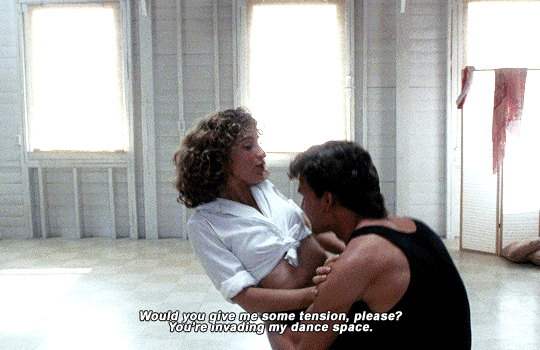 It's very important to do a clear step, snapping the knee when the foot touches the floor, even when fast pace.
It's very important to do a clear step, snapping the knee when the foot touches the floor, even when fast pace.
It is important to perform this exercise very slowly and carefully, stepping with each step. legs. That is the secret. Try to trace: as soon as the foot touches floor, both knees snap into place. You can instead of counting the rhythm "strong ... weak ... strong" or "one ... two ... three", do the following: just start walking, saying "snap ... click ... click", thus reminding yourself snap your knees on every step in this nine0065 corridita . Do it slowly and remember to raise your knee before and after each step to then straight up on the floor. Then gradually increase your speed until you hit compás . Of course, it is unlikely that you will immediately lose all the errors, but with time and practice technology will become cleaner.
Chapter 6 | Basics of Tango | #27 - Dirty Dancing
Sloppy tango happens. It happens either on a permanent basis, or in the form of relapses of "bad tango habits" during the dance. In the first case, everything is definitely bad: the dancer shows with all his might how a bear once stepped on his ear and on his feet and, in general, frightened him so that the person is now moving in a strange way. In the second case, it's not so bad, because bad habits rarely appear during the dance, and, as a rule, this happens during the acceleration of the dance tempo, when someone wants to jump over his head and take unnatural steps. It also often happens in crowded milongas, when a man has to pay a lot of attention to navigation. nine0005
In the first case, everything is definitely bad: the dancer shows with all his might how a bear once stepped on his ear and on his feet and, in general, frightened him so that the person is now moving in a strange way. In the second case, it's not so bad, because bad habits rarely appear during the dance, and, as a rule, this happens during the acceleration of the dance tempo, when someone wants to jump over his head and take unnatural steps. It also often happens in crowded milongas, when a man has to pay a lot of attention to navigation. nine0005
We have already talked about the problems associated with upper body movements and arms. So let's limit ourselves to a relatively small list of "dirty habits" that we have not covered before:
1) Creeping gait - landing on a bent leg while walking.
2) Scuffing - do not raise the leg, drag it along the floor.
3) Duck gait – we do not collect our legs, we try to go around the partner so as not to step on her legs. nine0104
nine0104
4) Jumping - do not straighten and bend the legs at the wrong time when stepping forward and lateral steps.
5) Leading - we take a step, but we cannot transfer the weight to the walking leg - and all this while walking.
6) Asymmetry – we walk with one foot in this way, with the other – in another way. Each foot has its own style of walking, and even changes.
Establishing a personal relaxed and pure style of tango is not an easy task. It's even harder to break bad habits. I know this not from the stories of strangers. During the training, I picked up something that I didn’t need. And all from haste. I wanted to quickly master more complex figures, learn more new steps, attend the lessons of other teachers. But the basic skills - it just so happened - paid insufficient attention. As a result, I had to forget a lot of what I learned and go back.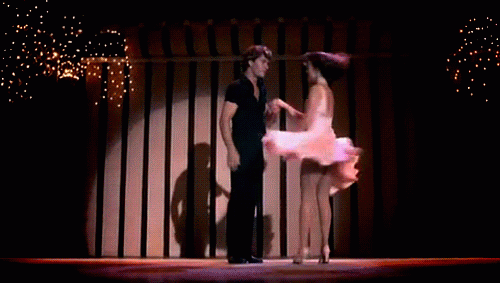 Back to the denture. nine0005
Back to the denture. nine0005
Cramming case
Yes, I know, I know. The word "cramming" doesn't sound great at all. Usually, I associate it with a visit to the dentist ... You can replace it with the word "drill" - but then army everyday life comes to mind, where soldiers with machine guns in their hands are training to march on the parade ground. But, if you are serious about learning tango and want to improve your dancing skills - the right "tango drill" is just what the doctor ordered! By the way, one sports story comes to mind here - about skiing. 16764
There are mountains in the western United States. In the mountains, snow lies all year round, which allows fans of skiing to have fun there when time and means allow. Athletes also go there in the summer to hone their technique. There are a huge number of different training bases in the mountains. Many of them are very similar to tango schools that attract students by inviting famous dancers and promising to teach everyone the coolest figures. So these ski bases organize courses - they invite an athlete whose name is well-known, and he demonstrates by his own example the latest trends in slalom technique, for example. Young people are delighted - this gives them a chance to copy the idol's technique, pick up tricks that they had previously only seen on TV during the broadcast of world-class competitions. After such courses, many really start to pass the track faster - but the approach of such schools, alas, does not allow to identify and eradicate bad habits that actually limit the development of every amateur. Therefore, many return home with new bad habits, and the situation with old ones is even worse. nine0005
So these ski bases organize courses - they invite an athlete whose name is well-known, and he demonstrates by his own example the latest trends in slalom technique, for example. Young people are delighted - this gives them a chance to copy the idol's technique, pick up tricks that they had previously only seen on TV during the broadcast of world-class competitions. After such courses, many really start to pass the track faster - but the approach of such schools, alas, does not allow to identify and eradicate bad habits that actually limit the development of every amateur. Therefore, many return home with new bad habits, and the situation with old ones is even worse. nine0005
My buddy Olli teaches at these ski resorts, but he has his own approach.
There are not a lot of lessons for high-speed passage of the track. Ollie's athletes don't train to pass gates in slalom. Instead, they are practiced in motion. Ollie invites his students to study with him videos of performances of famous athletes - he decomposes their movements into separate episodes - and offers to try to repeat and memorize each movement. The idea is to pick two main elements from the video, understand them and try to practice them. When students feel that this is already easy for them, they can move on to new material. Over time, they begin to combine elements, and the habit of moving correctly remains forever. This is how the overall picture emerges. nine0005
The idea is to pick two main elements from the video, understand them and try to practice them. When students feel that this is already easy for them, they can move on to new material. Over time, they begin to combine elements, and the habit of moving correctly remains forever. This is how the overall picture emerges. nine0005
Working on some movements sometimes looks very stupid, because it requires tension of the whole body and some not quite natural movements from the student. Therefore, often at the initial stages, many ridicule such lessons. Over time, however, these trainings bring such tangible results that they begin to be used at more advanced levels of training. Beginners use this technique to learn the basics, while pros use it to stay in shape and avoid bad habits during the racing season. nine0005
Of course skiing and tango are different things. At least in the motivation of semi-professional skiers and those involved in social dancing. I'm not one hundred percent sure that the above workouts will work equally well in tango, but as they say, trying is not torture.
There are several basic ways to train. To begin with, incorrect biomechanical movements should be identified (like the six, for example, that we identified above). Then you need to identify one or two correct elements in yourself and execute them even more clearly than usual in order to prevent the “bad habit” effect from appearing in them. These elements need to be trained so that even under stress, or at a fast pace (while dancing a milonga, for example), you could perform them with ease. Here is an example of a side step workout. nine0005
Let's start by identifying a few bad habits. Here are a few of those listed above.
Video #1 tangoandchaos org : "Bouncing and Leading Problems #4 and #5 on the list above" lead - a step taken without transferring weight to the leg (problem # 5). nine0005 Let's add one more thing here: Video #2 tangoandchaos . To see what's wrong with the videos above, some will have to look at them more closely. Why? Because these bad habits can not be seen, not realized - they can be taken as the right movements. First, notice that I'm stepping on my legs, which are slightly bent (problem #1). If you look at the stretching leg more closely, it is immediately noticeable that I do not lift it, but lead it straight along the floor. She, like lead, drags along the floor behind her leading foot (problem No. 2). And finally, this "lead" leg, when dragged across the floor, contributes to the appearance of asymmetry in movement (problem # 6). nine0005 This is a classic example of dirty dancing. In fact, nothing criminal, however, these are the little things that make your movements look completely “non-Tang” (it turned out even worse for me, since I also added No. 3 from the list to my show of bad habits - I didn’t collect my legs ). Now let's look at an exercise that will help us keep our legs straight at the right moment, walk with the correct distribution of the weight of the upper body, collect our legs and land in each step exactly on the already loaded straight leg. Video #3 tangoandchaos org : "Just training" Concentrate and try to execute the movements accurately. Stand strictly straight and balance on one leg - like a tree with a large crown. And then take a step to the side. By the way. This exercise is also great for practicing pauses while dancing. We must try to make sure that the step on the leg (the actual and final touch of the foot on the floor) and the “snapping” of the knee (full extension of the leg) coincide in time, and there is enough time to transfer the weight back to the other leg. Then balance a little on the other leg. And do it all over again. It's difficult, yes. You will have to experiment with the choice of step length and leg height. Over time, you can complicate your task by starting to do this exercise to the music, trying to get into a strong beat when stepping. Of course, it is not worth it to abuse, performing the above described exercise even in a supermarket in line at the checkout. You can skip it altogether if you don't like it. In workouts like this, it's important to pick out some good dance technique and practice it. It's not just about training. And with complete immersion and understanding. After training, you can easily abandon the implementation of these elements - and return to them after a while - to refresh the impression. No matter how “clean” you can dance, there is always a place for dirty points. Technique is lame, as a rule, on a step to the side or in the middle of some complex figures. But more often than not, it happens that the "dirt" appears during a fast dance. Trying to be in time for each measure - you have to take two steps per second - and if it's a fast waltz - be so kind as to step all three times in a second. Video #4 tangoandchaos0163 . org : “In the first pass from right to left, I quickly step on my bent knee. The second pass - from left to right - shows how I drag my "back" leg, taking a quick step ... " In video # 4 we show two different gaits. In the first - from right to left - a quick step falls on a leg with a bent knee. Then, in the second walk - from left to right - we drag the back foot along the floor, taking a quick step. nine0005 On the first walk, you can notice that the leg is not straight enough during a quick step, while on the second walk I pull my leg and it looks like a mistaken execution of a side step. The hind leg, as if weakened, drags along the floor behind the leading one, and the foot of the walking leg, when it touches the floor, slips slightly, hoping for a soft landing. Both problems stem from the rapid stepping over. Once our foot starts moving faster, we naturally want to lower our center of gravity and keep our feet closer to the floor, so we bend our knees and shuffle our feet. Admittedly, this position of the legs and the center of gravity is the most effective way to move quickly - this method is used in many sports. For example, in football and basketball, athletes constantly perform an exercise in order to achieve this position of the body during movement. nine0005 How can you "clear" a quick step? Slow down! Slow down and start practicing, developing good technique. In the exercise in the video below, we would try to perform a clean step forward - we will have the weight completely over the walking leg. Also, we will certainly make sure that our knee straightens as soon as the foot touches the floor. Video #5 tangoandchaos . org : “In this exercise, we slow down and lift the leg. It is important to step "sharply" and "snap the knee when the foot touches the floor in a quick step" The key is that each step must be taken slowly and precisely: with each foot - this is the secret. Try to think about how both knees "close" at the moment your feet touch the floor. Instead of mentally calculating the tempo of the music like "strong...weak...strong" or "one...two...three", try this: start with a simple walk, simple steps forward, and then say "click ... click ... click" - your legs are straightening, knees "snap" completely with each forward step (corridita). Do the exercise slowly, do not forget to pay attention to raising the knee up before and after the step - so that both the right and left legs make the same movements. org : "Classic Dirty Dancing"
org : "Classic Dirty Dancing" 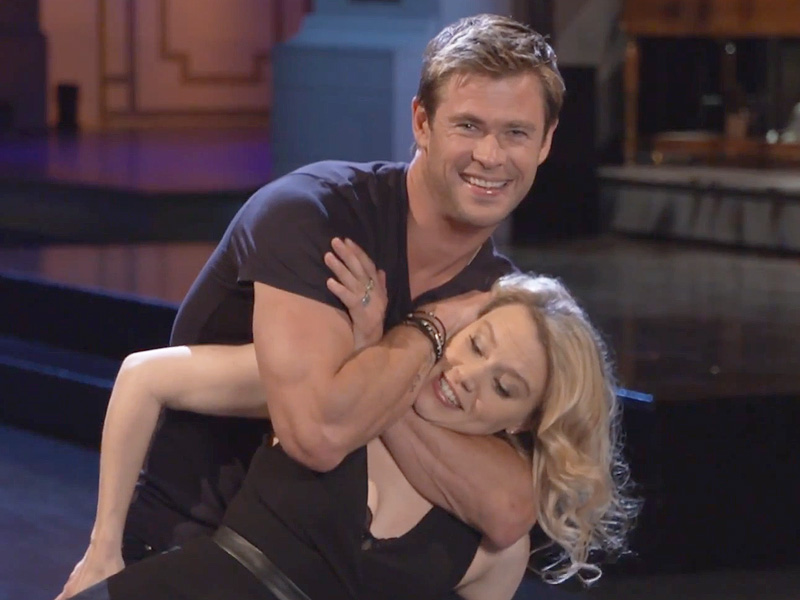 Problems appear mainly due to inaccurate movements during the dance. True, often such symptoms are also found in those who try to memorize a lot of figures, dance quickly, and forget about the rest. The technique of such dancers begins to seriously limp. Therefore, instead of solid steps on a straight leg, they make flimsy uncertain steps on bent legs - it looks terrible. nine0005
Problems appear mainly due to inaccurate movements during the dance. True, often such symptoms are also found in those who try to memorize a lot of figures, dance quickly, and forget about the rest. The technique of such dancers begins to seriously limp. Therefore, instead of solid steps on a straight leg, they make flimsy uncertain steps on bent legs - it looks terrible. nine0005 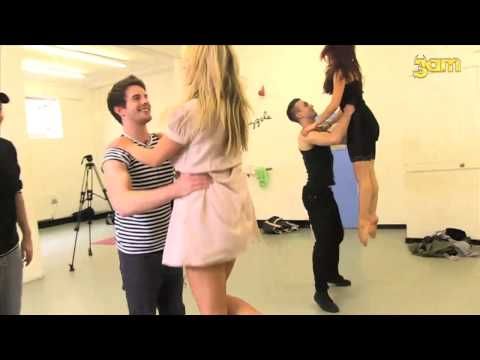 You don’t have to do anything right away - be sure to feel this pause. After this pause, quickly straighten the leg you are now stepping on and take a step. If everything turned out right, then you can immediately notice the moment when the step technique begins to suffer. As soon as the symptoms from our list above begin to show up, remembering this exercise with balance and step will allow you to quickly patch up gaps in technique. nine0005
You don’t have to do anything right away - be sure to feel this pause. After this pause, quickly straighten the leg you are now stepping on and take a step. If everything turned out right, then you can immediately notice the moment when the step technique begins to suffer. As soon as the symptoms from our list above begin to show up, remembering this exercise with balance and step will allow you to quickly patch up gaps in technique. nine0005  I confess that I never succeeded with music! nine0005
I confess that I never succeeded with music! nine0005
Quick and dirty  And that's what happens...
And that's what happens... 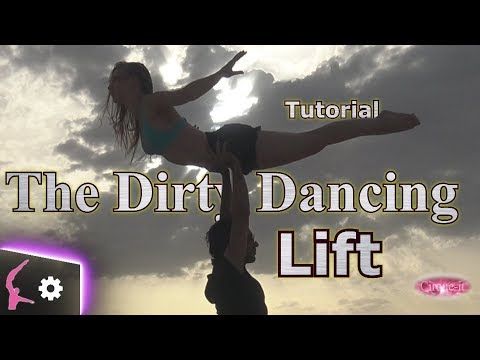 It looks pitiful. It seems that the person is slightly lame. The first walk shows a crawling foot, the second a shuffling foot. Both show problem #6 on our list, asymmetrical gait. nine0005
It looks pitiful. It seems that the person is slightly lame. The first walk shows a crawling foot, the second a shuffling foot. Both show problem #6 on our list, asymmetrical gait. nine0005 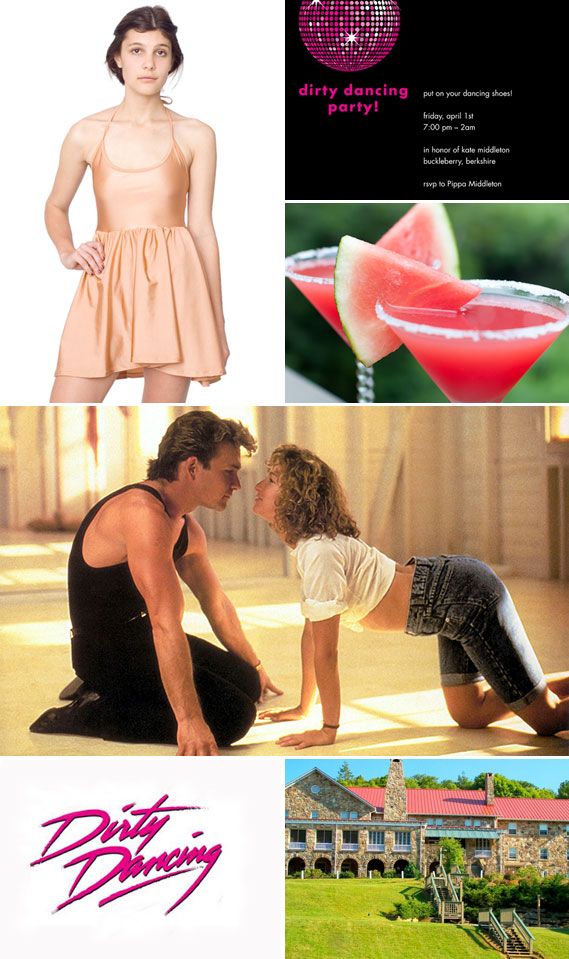 When we go to the other side, we will do the same, but with the other leg.
When we go to the other side, we will do the same, but with the other leg. 